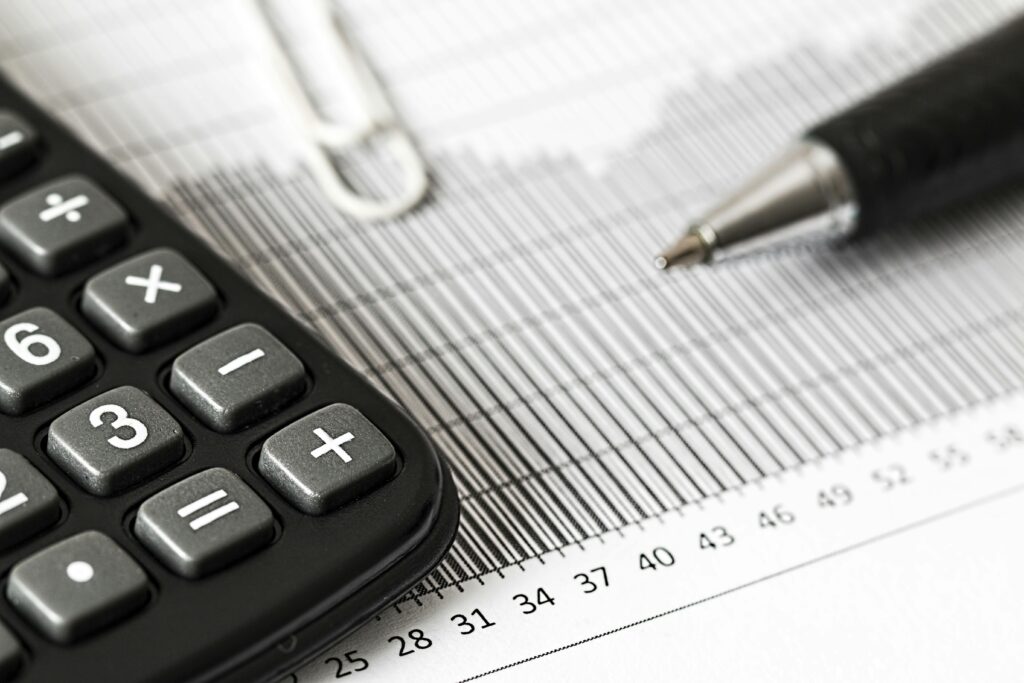Starting a business or offering services in India? One of the first legal steps you might need to take is registering under GST—the Goods and Services Tax.
This single tax replaced multiple indirect taxes like VAT, service tax, and excise duty. But here’s the thing: not every small business or freelancer needs GST registration right away.
Under the Central Goods and Services Tax Act, 2017, GST registration is mandatory if your business crosses certain turnover thresholds or deals in specific types of transactions.
The good news is that the entire process is online, free of cost, and managed through the GST Portal.
Here’s how to know whether GST applies to you:
| Type of Business / Supply | GST Registration Needed When… |
|---|---|
| Supplier of goods (within the same state) | Turnover exceeds ₹40 lakh (₹20 lakh for NE/hilly states) |
| Service provider | Turnover exceeds ₹20 lakh (₹10 lakh for NE/hilly states) |
| Inter-state supplier (goods or services) | Mandatory regardless of turnover |
| E-commerce seller or aggregator | Mandatory registration required |
| Voluntary registration | Allowed anytime, even below threshold |
So, if you’re a freelancer offering design services across India and earning ₹5 lakh a year, you technically don’t need to register.
But if you’re selling through platforms like Amazon or Shopify, even with zero sales, registration is mandatory under Section 24 of the CGST Act.
There’s also the Composition Scheme, available for small businesses with turnover up to ₹1.5 crore. It allows you to pay tax at a fixed rate with reduced compliance.
This is ideal for local shop owners and service providers who sell directly to consumers and don’t need to issue GST invoices.
For more clarity on whether GST applies to your situation, check out our blog on GST for Small Business Owners – Do You Need It?.
Also, don’t confuse GST registration with income tax filing. They serve different purposes. If you’re filing your taxes on your own this year, read our step-by-step post on How to File Your Own Income Tax Return Without a CA.
Once you’ve figured out that your business needs GST registration, the next step is applying online at the official GST Portal. The entire process is digital—no need to visit a government office or hire a middleman if your documents are in order.
Here’s a breakdown of the registration steps:
| Step | What You Need to Do |
|---|---|
| Go to gst.gov.in | Click on “Register” under “Taxpayers (Normal/TDS/TCS)” |
| Fill Part A | Enter PAN, email ID, mobile number; verify via OTP |
| Receive Temporary Reference Number (TRN) | Note it down—you’ll need it to continue Part B registration |
| Fill Part B | Upload business details, address, bank account, and documents |
| Submit application | Complete the form and upload digital signature (if applicable) |
| Receive ARN | Application Reference Number (ARN) will be sent after successful submission |
| Wait for verification | GST Officer may approve directly or request clarification within 7 working days |
Documents you’ll need:
| Document | Who Needs It / Why |
|---|---|
| PAN card | For business identity |
| Aadhaar card | For verification and OTP-based authentication |
| Business address proof | Electricity bill, rent agreement, or property documents |
| Bank account details | Cancelled cheque or passbook copy |
| Photograph of applicant | Required for proprietors/partners/directors |
| Partnership deed or incorporation certificate | For LLPs, companies, and partnerships |
If everything is in order, you’ll get your GSTIN (Goods and Services Tax Identification Number) within 7–10 days. It’s a 15-digit alphanumeric code that serves as your GST identity.
Once registered, you must comply with monthly or quarterly return filings, maintain digital invoices, and issue GST-compliant bills with HSN/SAC codes. Even if you don’t have any sales in a month, a nil return must still be filed to avoid penalties under Section 47 of the CGST Act.
If you’re not sure whether you need GST at all, revisit our blog GST for Small Business Owners – Do You Need It? to assess your situation.
Also, once you start issuing GST invoices, remember that your income now becomes traceable by tax authorities. To keep both GST and income tax in sync, read our post on TDS Explained Simply – What, Why and How Much? for a better understanding of dual compliance.
FAQs
1. Is GST registration free of cost?
Yes, registering on the official GST portal is completely free.
2. How long does it take to get a GST number?
Usually 7–10 working days if your application and documents are correct.
3. Can I apply for GST with just my Aadhaar?
Yes, Aadhaar-based authentication makes the process quicker and smoother.
4. What if my application is rejected?
You’ll receive a notice. You can respond or file a fresh application after corrections.
5. Is it compulsory to file returns after GST registration?
Yes, even if there’s no business activity. Failing to file can attract late fees and penalties.



